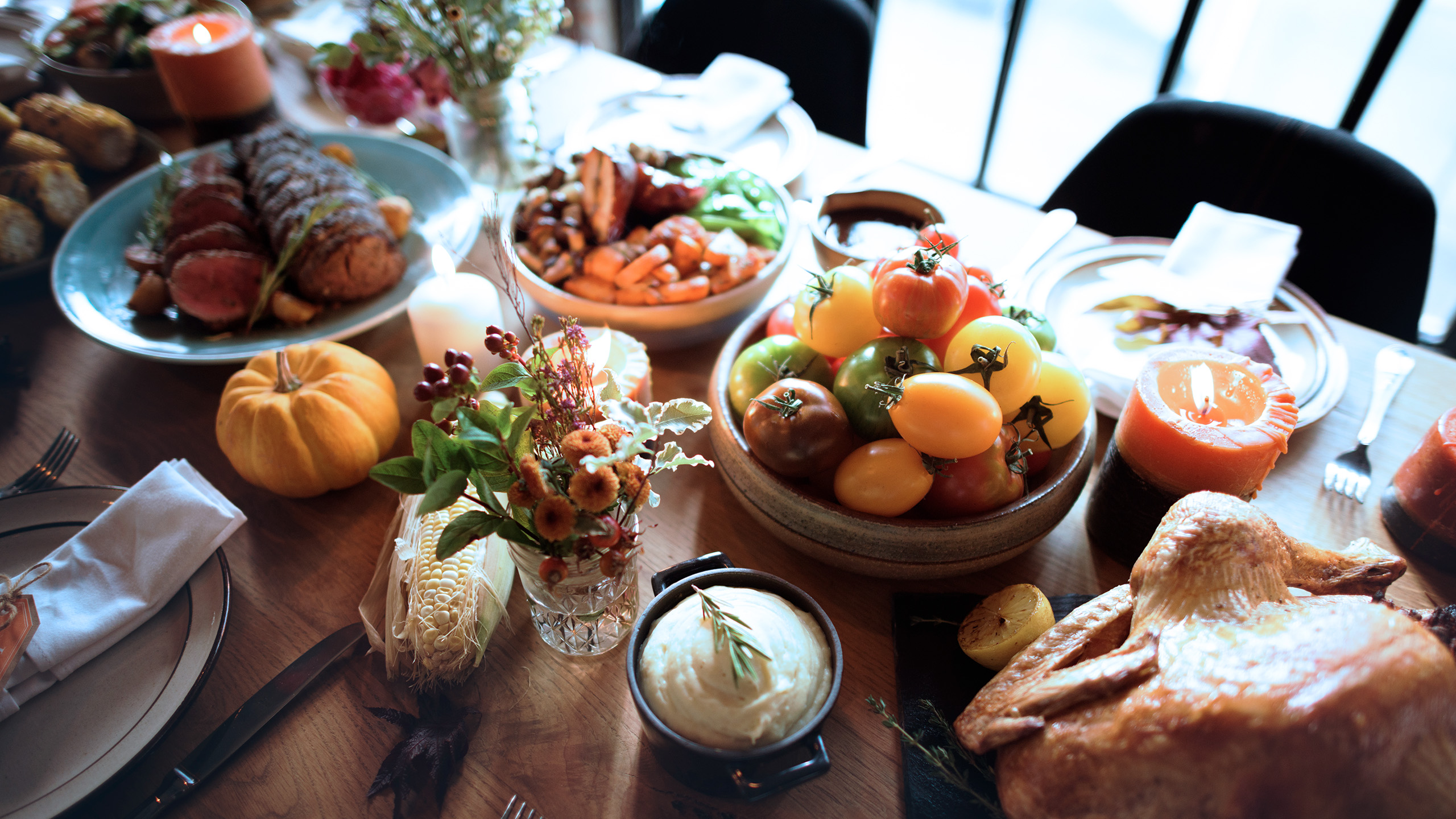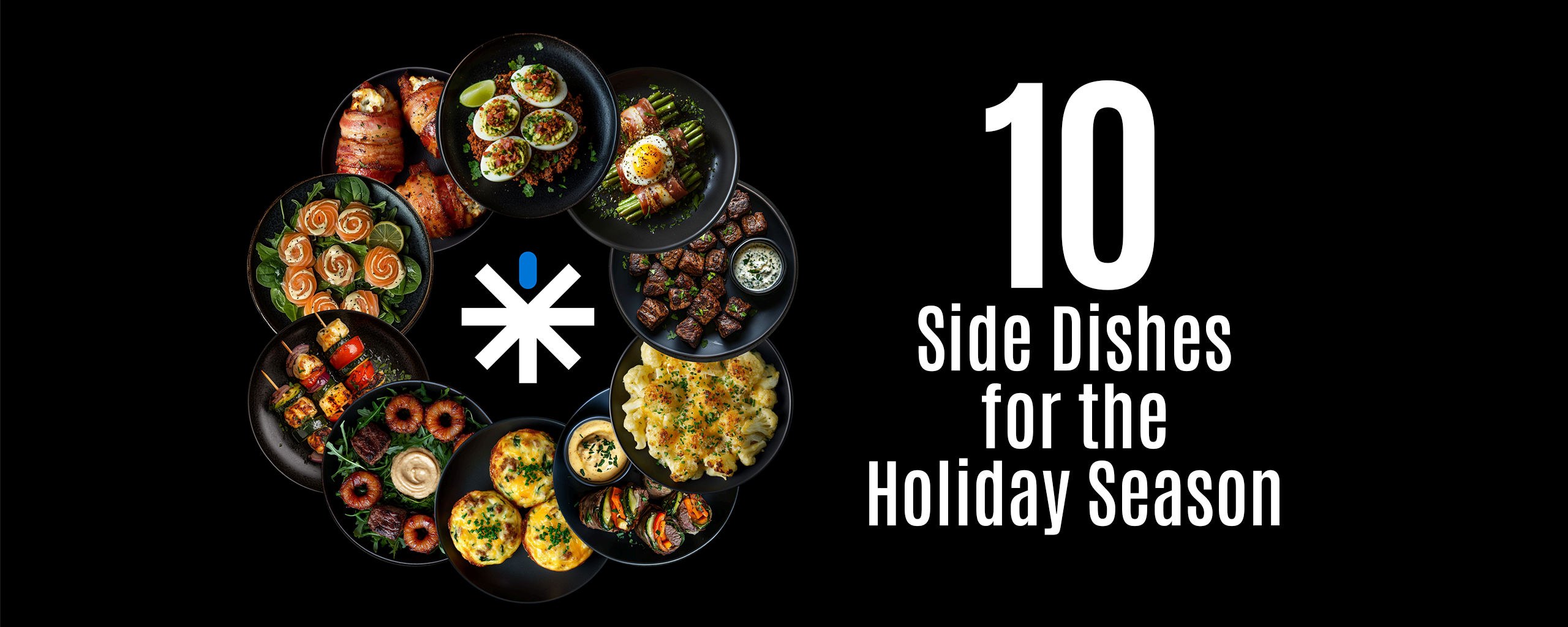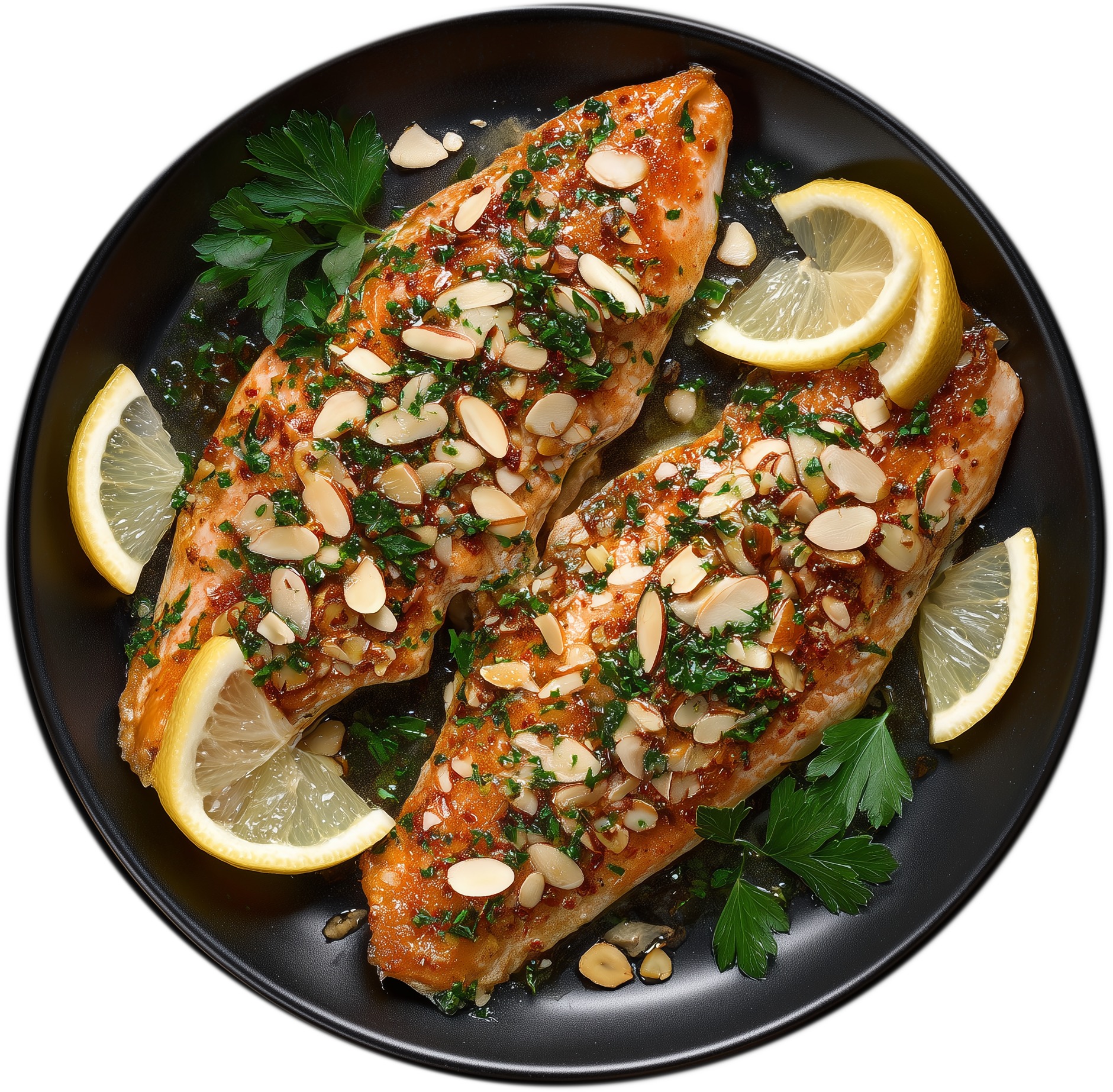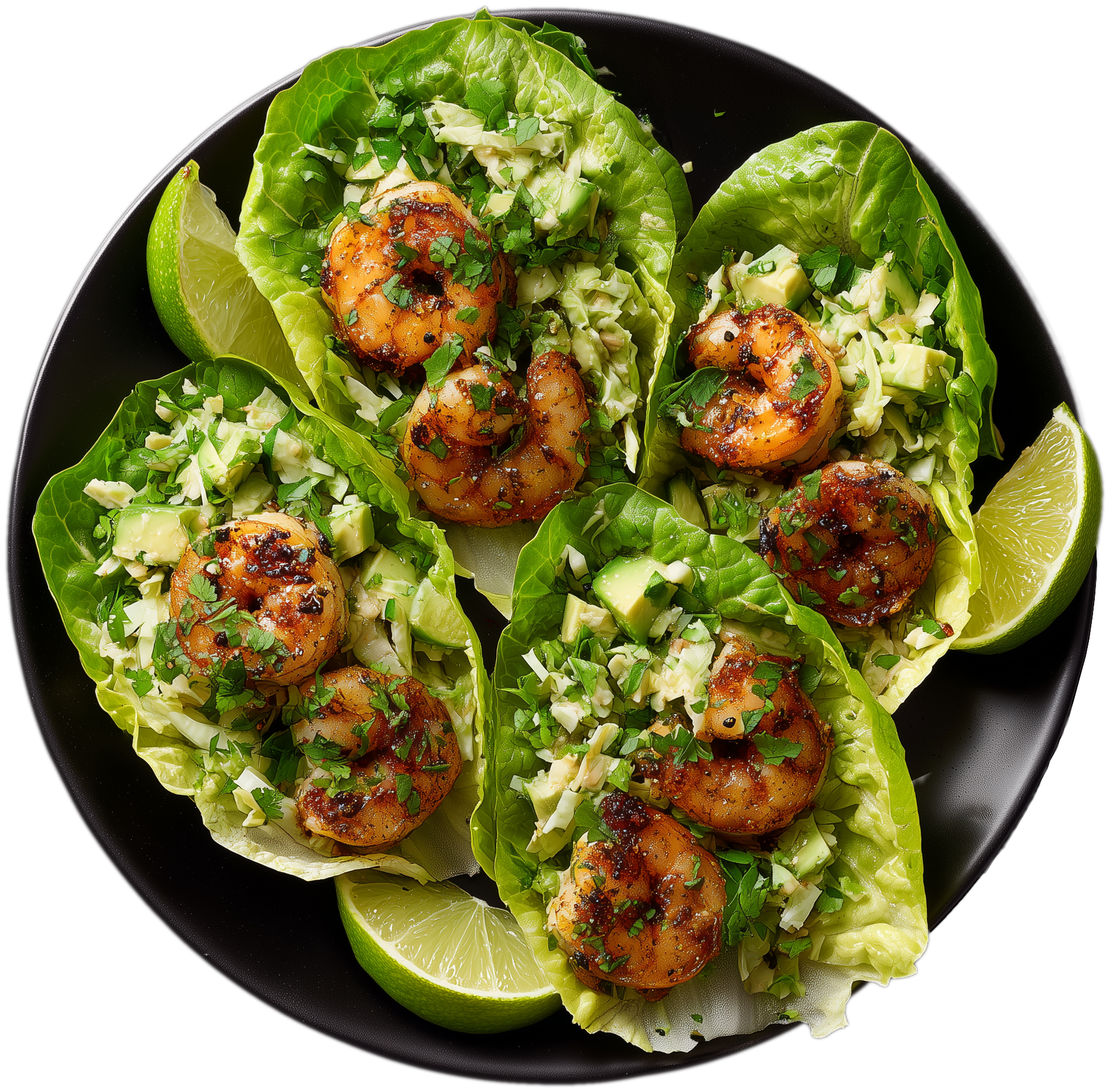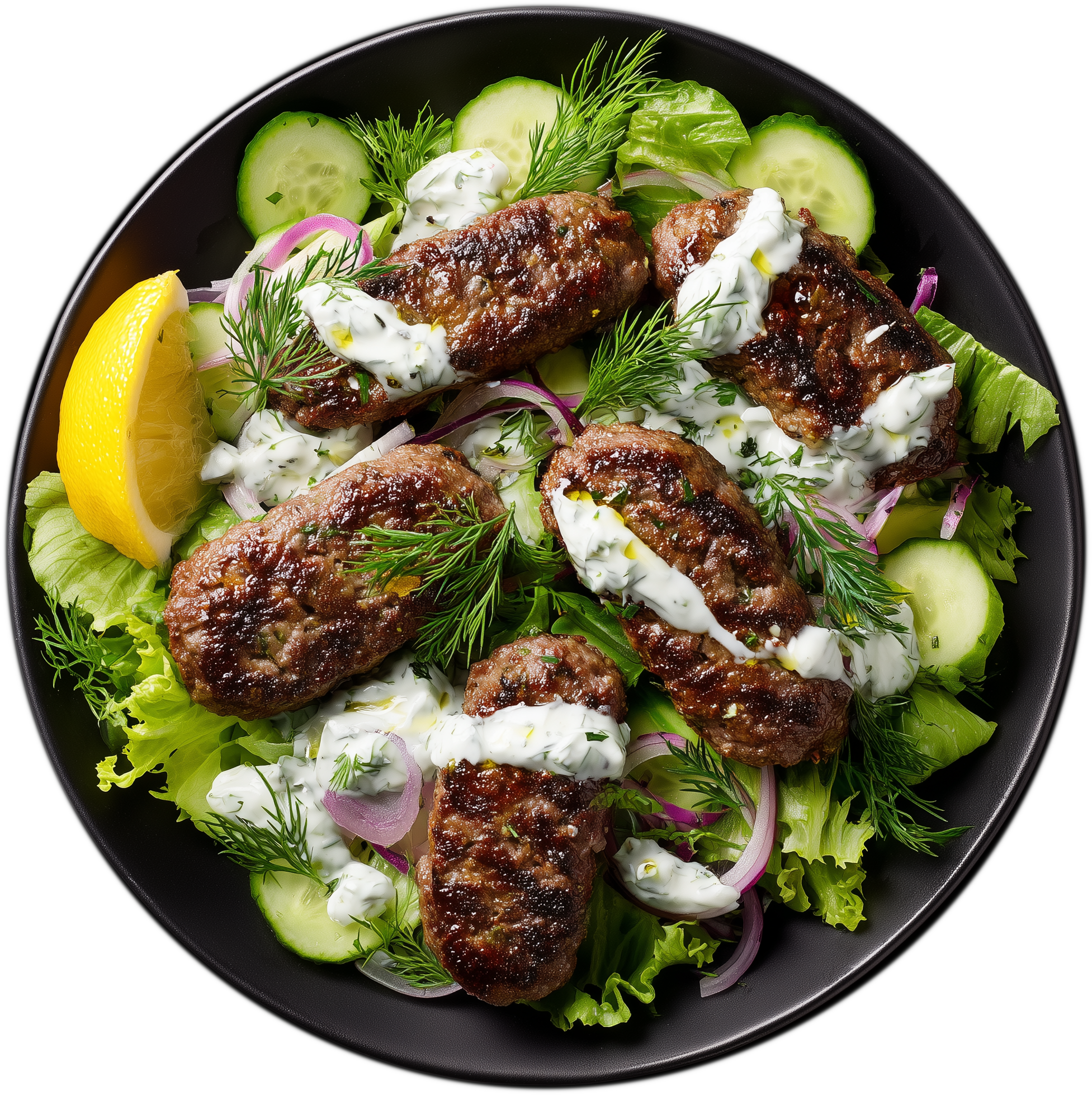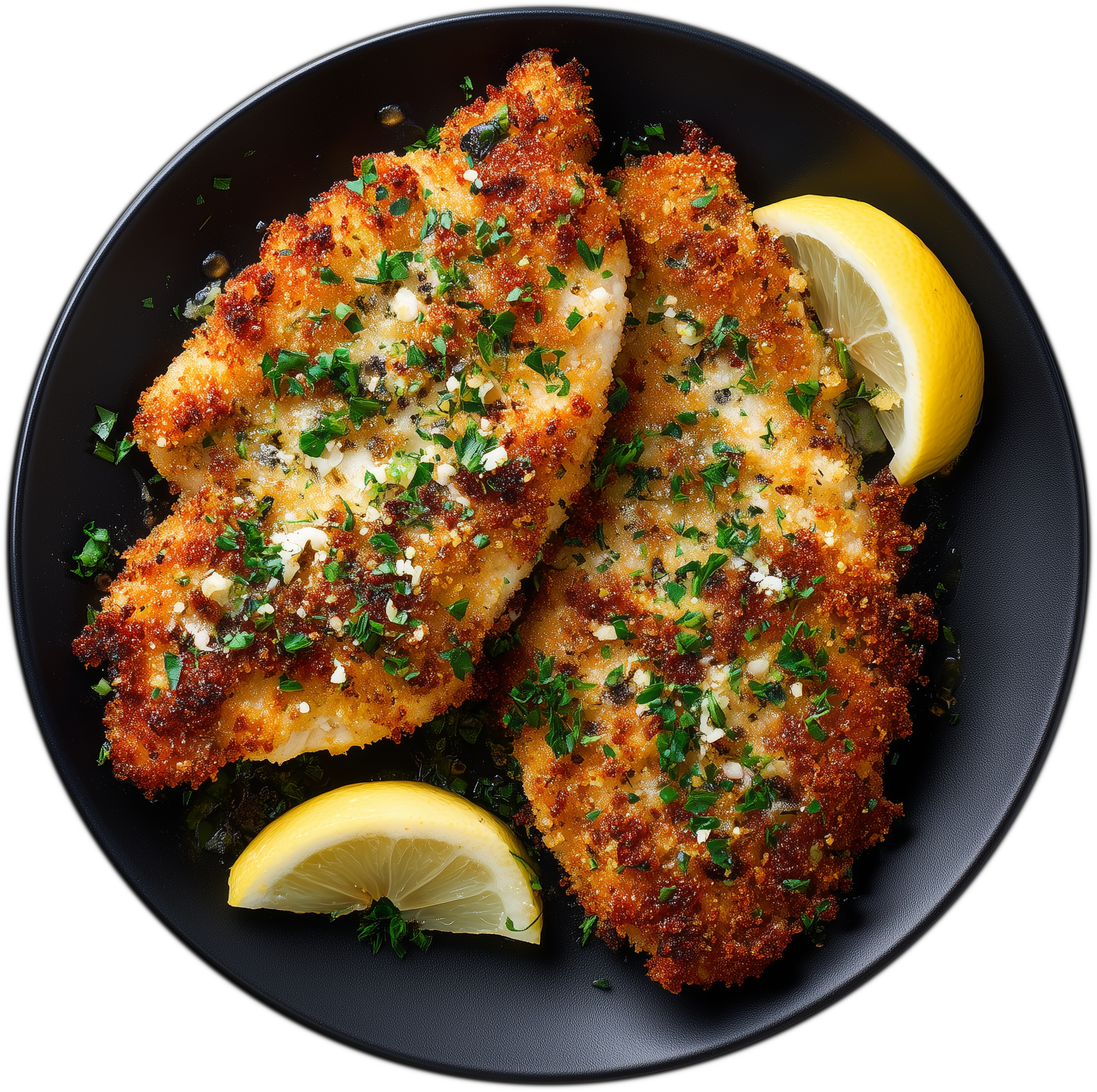Jump to Halloween | Thanksgiving | Christmas/Chanukah | Party Tips | Post-Holidays
Every year the arrival of late October heralds the beginning of a dietary minefield that lasts from the knock of the first trick-or-treater through the ringing in of the New Year. The temptations to veer from our well-intentioned nutritional plans surround us: huge sacks of Halloween candy fill the shelves of stores and every magazine cover and Instagram post shows off glorious holiday treats and plans for bounteous holiday feasts in living Technicolor. It’s hard enough trying to keep the goal of nutritional rehabilitation and health maintenance in mind without all the extra pressure to stray off course. What’s a person to do during these times? Just give up and gain the national average of 5 to 15 pounds between Halloween and New Year’s Day? Dream of everything, but enjoy nothing? Perhaps there’s a third way. Maybe we can come up with a disaster preparedness plan for the holidays. Let’s give it a try.
Halloween Tips
Rule #1 – An Ounce of Prevention
If you’re going to hand out candy, buy the kind of candy that you don’t like. You will have treats to give the kiddos without a big leftover bag of your favorite temptation sitting around on the pantry shelf calling your name. Better yet, give a more healthful treat, such as small whole mandarin oranges or even a non-candy treat. Small boxes of crayons, fun pencils, or small party favor toys. Hit the dollar stores and you’ll find plenty of ideas for candy replacement.
Rule #2 – Damage Control
If you do buy candy, get rid of all that’s left immediately after Halloween. Don’t kid yourself that you won’t nibble at it until it’s gone. We all know what happens to an open bag of something sweet that we like. Don’t place such an unfair temptation on yourself or such a burden on your sugar metabolism.
Thanksgiving Feast
Where else but in America would a people have a national holiday for the sole purpose of gathering friends and loved ones together to eat the biggest possible amount of food in one afternoon? (OK, to be fair many countries and cultures have festivals involving feasting.) But what we celebrate isn’t a groaning table, but a sense of thankfulness for our good fortune, for the communion of family and friends, and for our good health and happiness. As you plan for that day and prepare to relish your own family’s version of a traditional Thanksgiving feast, focus on that last sentence—the part about good health—and make a promise to your future self not to wind up more stuffed than the bird this year.
But don’t approach the day with a sense of resentment, restriction, and denial. On the contrary, give yourself license to be human on Thanksgiving day, and, if you choose to do so, enjoy a bit of the dishes that most appeal to you. Yes, you’ll pay the proverbial piper come Friday morning, and yes, you will pick up several pounds of retained fluid, and yes, your eyes will be puffy, and your rings will be tight, and the waistband of your pants will dig in a little bit more for a day or two, but you knew that would be the case ahead of time. You will minimize the damage somewhat just by being more conscious of portion size on the starchy and sugary things: the stuffing, potatoes, gravy, yams, rolls, pies, and other desserts. You’ll recognize the potholes you’re likeliest to fall into in your own family’s Thanksgiving traditions, so try to avoid or at least to limit them.
Fill your plate with larger portions of the juicy turkey (or whatever protein you prefer), green vegetables, salads, and fresh vegetables and fruits. Plan ahead to ensure these kinds of offerings will be a part of the feast. Choose water or unsweetened tea with your meal. If you plan to have wine, limit consumption by having at least one glass of water or tea for every glass of wine.
You may want to modify some of your favorite Thanksgiving recipes. Here are some examples of how easy that can be and a few tips:
- Prepare a low-carb soup to serve before the main meal. A bowl of cream of pumpkin or butternut squash soup or even clear chicken bone broth or beef consommé will help kickstart the body’s natural satiety signaling pathways.
- Experiment with new vegetable dishes using those with lower starch (and higher fiber) content: zucchini, asparagus, cauliflower, broccoli, green beans, green peas, eggplant, and hardy greens can round out a table with smaller amounts of yams, mashed potatoes, and stuffing to tempt you to overeat carbs.
- If candied yams are usually on your menu, cut the amount of sugar, honey, or molasses in the dish by at least half and let the natural sweetness of the yam shine through.
- Use unflavored gelatin and puréed fresh fruit in place of sugar-sweetened gelatin in traditional gelatin molds.
- Use a combination of crushed pork rinds and grated parmesan cheese as a substitute for breading or crumbly vegetable topping.
- Try baking a pumpkin custard ‘pie’ without a crust. Bake the pumpkin pie filling (with half the sugar) in individual ramekins (better portion control and easier to serve) in a water bath just as you would crème brûlée. Top with a dollop of whipped cream and a sprinkling of cinnamon.
- If you’re going to sample sweet things, cut the piece of pie or cake in half (or even quarter it) before you put it on your plate. It’s a lot easier to resist what’s not right in front of you.
- After the meal, offer to help clear the dishes away immediately, because if you sit there with it in front of you, you’ll continue to pick and nibble while you converse. At the very least, clear your own place and sit down with a beverage.
- Take a walk, weather permitting, after your meal.
- Get rid of the evidence! Other than leftover turkey and low-starch fruits and veggies, which you can enjoy for a day or two, freeze leftovers, send them away with family and friends, or dispose of them, but get the carby remnants of the feast out of your house by any means except consuming them yourself.
And this next tip applies to the whole holiday season. Make a promise to your future self—if your current self is in the habit of doing so—that you will not sit in front of the television with food. If you’d really like more of something, go back to the table and sit down there to eat a bit more, but don’t do it in front of the tube. Even though watching football games or holiday movies is an integral part of many family’s Thanksgiving day celebrations, it’s no place to eat. Unconsciously, you’ll pack away far more food than you’d ever intended to eat – and the piper will await an even bigger payment on Friday morning.
The Christmas/Holiday Season
The Thanksgiving turkey has hardly had time to digest when the rounds of holiday parties begin. Season’s greetings! Here comes more food! There’ll be holiday baking and holiday entertaining; friends and co-workers will bring you candy and cookies and fruitcake. Oh my! Candy and cookies and fruitcake! Oh my! Click your ruby heels three times, Dorothy, and repeat: There’s no place like…lean, fit, and healthy. And promise yourself to try your best not to overdo it between the two big feast days.
Remember: those same feasting tips from Thanksgiving apply to Christmas or Chanukah feasts as well. It’s just extended because the feasting for the holidays lasts nearly a month.
Write a pledge to Future You stating your intentions. Sign it and put it on your refrigerator.
- I will endeavor not to eat more than an occasional very small piece of any seasonal/holiday goodies until the Eve. (Or if you’re better at abstinence than temperance, swear off entirely until the Eve. It’s only a few weeks away.)
- I will save myself for the big celebration and relish it all the more without those added pounds and increased stress on my metabolism.
Party Survival Tips
- Eat something nutritious and filling before you go so you won’t be ravenous.
- At most holiday receptions, the spirits will flow. If you choose to imbibe, have a glass or two of a dry bubbly or wine or an ounce or two of distilled spirits but remember to only use sugar-free mixers, such as club soda, mineral water, and a squeeze of fresh citrus. Try to avoid eggnog at least until the Eve.
- Graze the buffet table in search of salami, pâté, roasted or grilled meat, cheeses, pickles, olives, fresh vegetables, or fruits. If there are suitable dips, dip with celery sticks or zucchini rounds. Avoid getting started on the crackers or chips. They’re tough to stop.
- Limit yourself to a single small bit of something sweet that really appeals to you, if you wish, as a finale.
- Grab a coffee, tea, or mineral water and head to the heavy conversation groups not standing in close proximity to the food spread.
Post-Holiday Repair
Rule #1 – Rededicate Your Purpose
Immediately after the holidays, rededicate yourself to your nutritional correction and metabolic control regimen. Don’t beat yourself up if you fell somewhat off the wagon over the holidays. Don’t beat yourself up if you fell completely off and rolled down the hill. Just do whatever it takes to get yourself firmly back on track; keeping a daily food and activity journal is a big help. If you make a deal with yourself that you will honestly write down every bite, sip, step, and slip, it’s a powerful motivator to eat and do what you intended because you just don’t want to put it in writing that you didn’t. But it’s important that you do record it, whatever it is. The last person you want to try to fool is yourself.
Rule #2 – Purge Temptations
Let’s face it, the week between Christmas Eve and New Year’s Day may well be the single hardest dietary stretch of the year. This is the season of joy and light and happiness and fellowship and, yes, food, everywhere you look. Try to get as many of the holiday goody leftovers out of the house as is possible and the sooner the better. And, make a note to Future You for next year: you’ll have fewer leftovers to contend with if you cut down on the amount you make to start with. Make less, give away more, whatever it takes; the less of it that hangs around through New Year’s Day the better for your holiday recovery.
Rule #3 – Start Each Day Off Right
Try to put at least thirteen hours between your last meal one day and your first one the next. This period of ‘fasting’ allows your metabolism to return pretty fully to baseline.
Begin each new day throughout the holiday season (as you should every day throughout the year) with a high-protein, low-carbohydrate meal rich in good fats to feed your body properly. It will stabilize your insulin and blood sugar and keep them that way throughout the day. You’ll feel better and with a stable blood sugar, you’ll crave that left-over cookie or piece of fudge in the box on the counter less.
Rule #4 – Get off the Couch
Find time for a workout—even a short bodyweight one—at least three times a week.
If you work in a sedentary job, get up hourly from your desk and move — do a set of body weight squats or simply rise from your chair and sit again over and over. Do a set of push-ups (from your knees, or toes, or with hands on a counter). Stand and touch your toes and rise to reach overhead.
Try to fit in at least a 20 to 30 minute walk, outdoors if possible, every day.
Always record everything so you can assess it and progress it.
And above all, may your holidays be healthy and happy!
Need help finding healthy meals?
Check The Daily Fix for new recipes everyday, or browse the meal archive.
Physician, author, blogger, and lecturer on the art and science of low-carbohydrate nutrition, using food as a remedy for the diseases of modern civilization: obesity, diabetes, heart disease, and the myriad disorders of the insulin resistance/metabolic syndrome complex.
Support the Broken Science Initiative.
Subscribe today →
